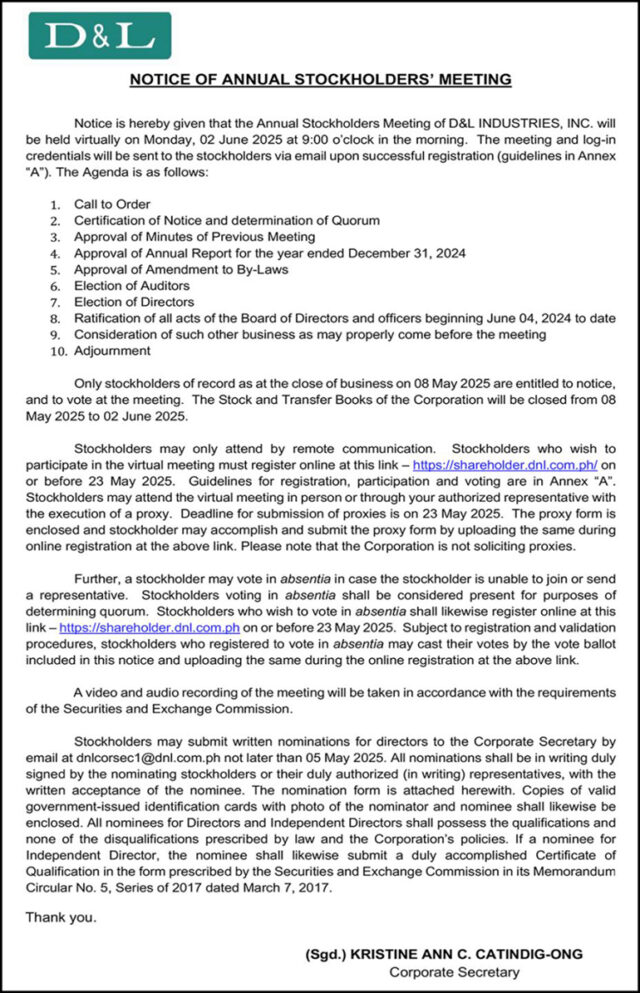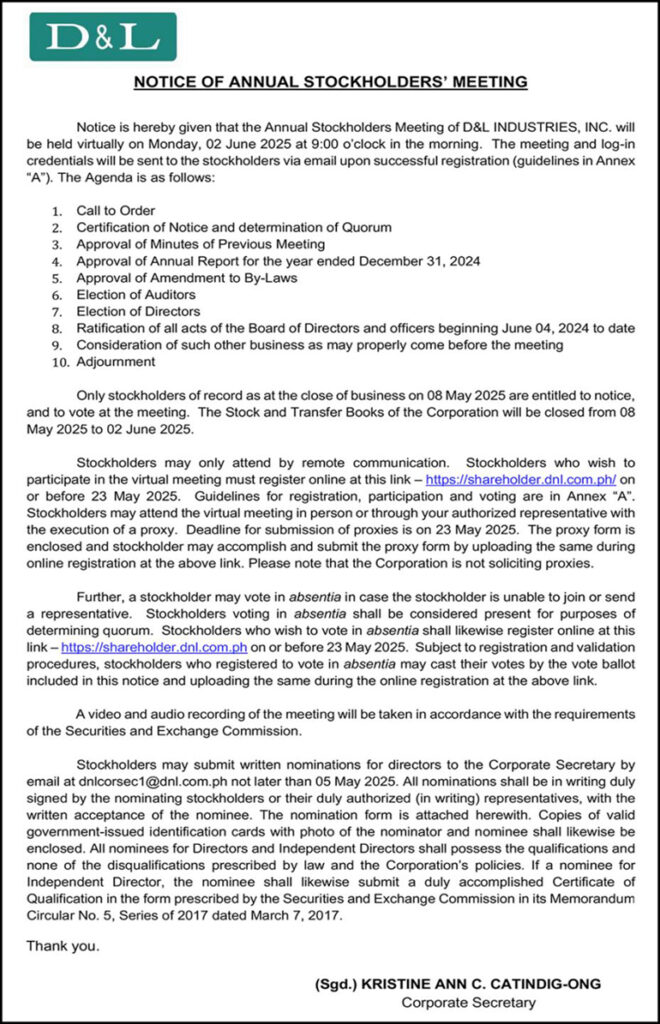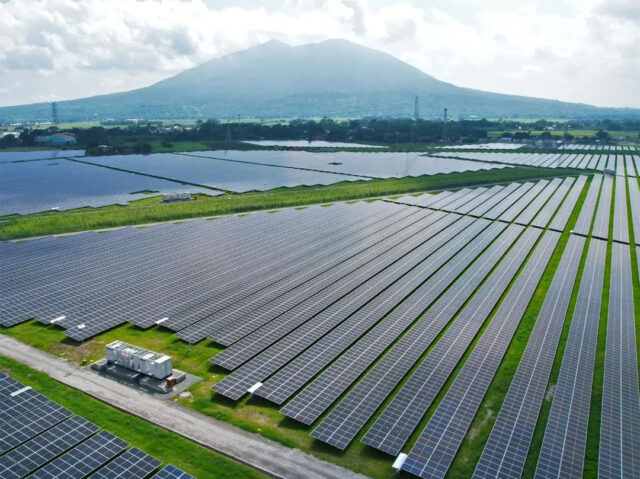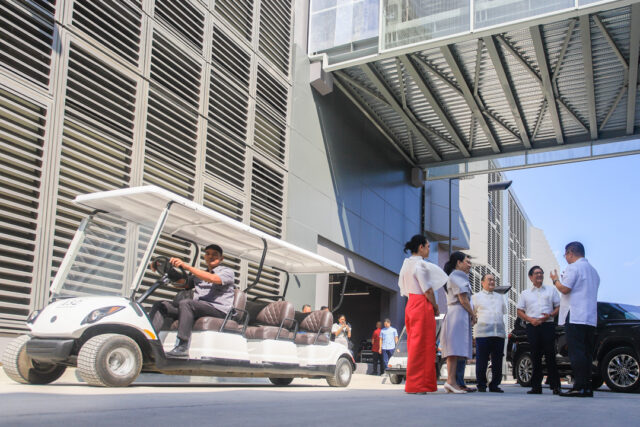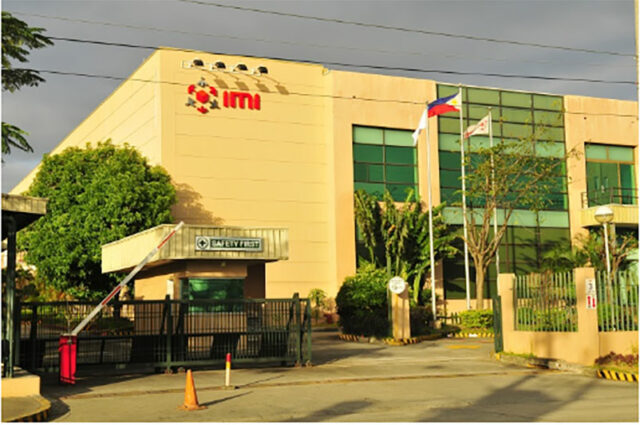Bessent says China tariffs are not sustainable as US signals willingness to de-escalate
WASHINGTON – U.S. Treasury Secretary Scott Bessent said on Wednesday that high tariffs between the United States and China are not sustainable, as President Donald Trump’s administration signaled openness to de-escalating a trade war between the world’s two largest economies that has raised fears of recession.
U.S. stocks rallied on hopes that the two countries might lower the steep trade barriers they have erected over the past month, though there was no sign that negotiations might start anytime soon.
Mr. Bessent said the tariffs – 145% on Chinese products and 125% on U.S. products – would have to come down before trade talks can proceed, but said Mr. Trump would not make that move unilaterally.
“Neither side believes that these are sustainable levels. As I said yesterday, this is the equivalent of an embargo and a break between the two countries in trade does not suit anyone’s interest,” Mr. Bessent told reporters.
The White House is open to discussing a significant rate cut on Chinese imports in order to advance negotiations with Beijing but will not do so alone, according to a person familiar with the conversations. That person would not say how low the White House might be willing to go, but the Wall Street Journal reported the figure could be as low as 50%.
A White House spokesperson dismissed any reports as “pure speculation,” and said news on tariffs would come from Trump himself.
“We are going to have a fair deal with China,” Mr. Trump told reporters, but did not outline any specifics.
The tariff levels outlined in the Journal report would likely still be high enough to deter a significant chunk of trade between the world’s two largest economies. German shipper Hapag-Lloyd said Wednesday that 30% of its U.S.-bound shipments from China have been canceled.
Separate talks between the two countries over tackling the fentanyl epidemic have not yielded results so far, sources say.
The apparent U.S. softening on China tariffs was a welcome sign for markets battered by Trump’s erratic trade policies. The benchmark S&P 500 finished the day 1.67% higher at 5,375.86, but is still more than 12% below its February record close.
“It’s about all of the political and policy uncertainty and what it could mean for the economy in the near term,” said Jim Baird of Plante Moran Financial Advisors.
SEEKING CLARITY
Mr. Bessent said the third quarter of this year is a “reasonable estimate” for achieving clarity on the ultimate level of Trump’s tariffs.
In addition to the steep tariffs on China, Mr. Trump has also imposed a blanket 10% tariff on all other U.S. imports and higher duties on steel, aluminum and autos. He has suspended targeted tariffs on dozens of other countries until July 9 and floated additional industry-specific levies on pharmaceuticals and semiconductors. That has roiled financial markets and raised fears of recession.
On Wednesday, the Trump administration said in a Federal Register post that it had launched a probe into whether imports of medium- and heavy-duty trucks and parts for them pose a national security risk, a precursor to imposing tariffs on them.
At the same time, Mr. Trump is planning to spare carmakers from some tariffs, The Financial Times reported, citing two people with knowledge of the matter. The move would exempt car parts from the tariffs Trump is imposing on China over fentanyl and also from tariffs on steel and aluminum, the report said.
The European Union, which Trump has threatened with 20% tariffs, would respond with countertariffs if it cannot reach a deal with the United States before the July 9 deadline, economy minister Valdis Dombrovskis said on Wednesday. He said the 27-member trade bloc has offered to buy more liquefied natural gas from the United States and reduce tariffs on certain goods.
Other countries are looking to negotiate as well. Vietnam’s trade minister spoke to U.S. Trade Representative Jamieson Greer on Wednesday, state media reported.
Twelve states, including New York, Arizona and Illinois, filed suit against the Trump administration on Wednesday in the U.S. Court of International Trade claiming that tariffs established through the International Emergency Economic Powers Act are illegal. The states joined California, which filed a separate suit against the government last week, in challenging the tariffs.
The International Monetary Fund said Wednesday the tariffs will slow growth and push debt higher across the globe. S&P Global found that U.S. business activity slowed to a 16-month low in April while prices charged for goods and services soared.
The Federal Reserve said it found economic activity in the United States to be steady over the past month, despite “pervasive” uncertainty around trade. The central bank’s survey found a drop in international visitors in some areas, and the outlook in several of the Fed’s 12 regional districts “worsened considerably.”
A Reuters/Ipsos poll found Americans souring on Trump’s economic performance. Just 37% of respondents approve of his handling of the economy, down from 42% when he took office in January. – Reuters






 Franchise Asia Philippines Conference
Franchise Asia Philippines Conference